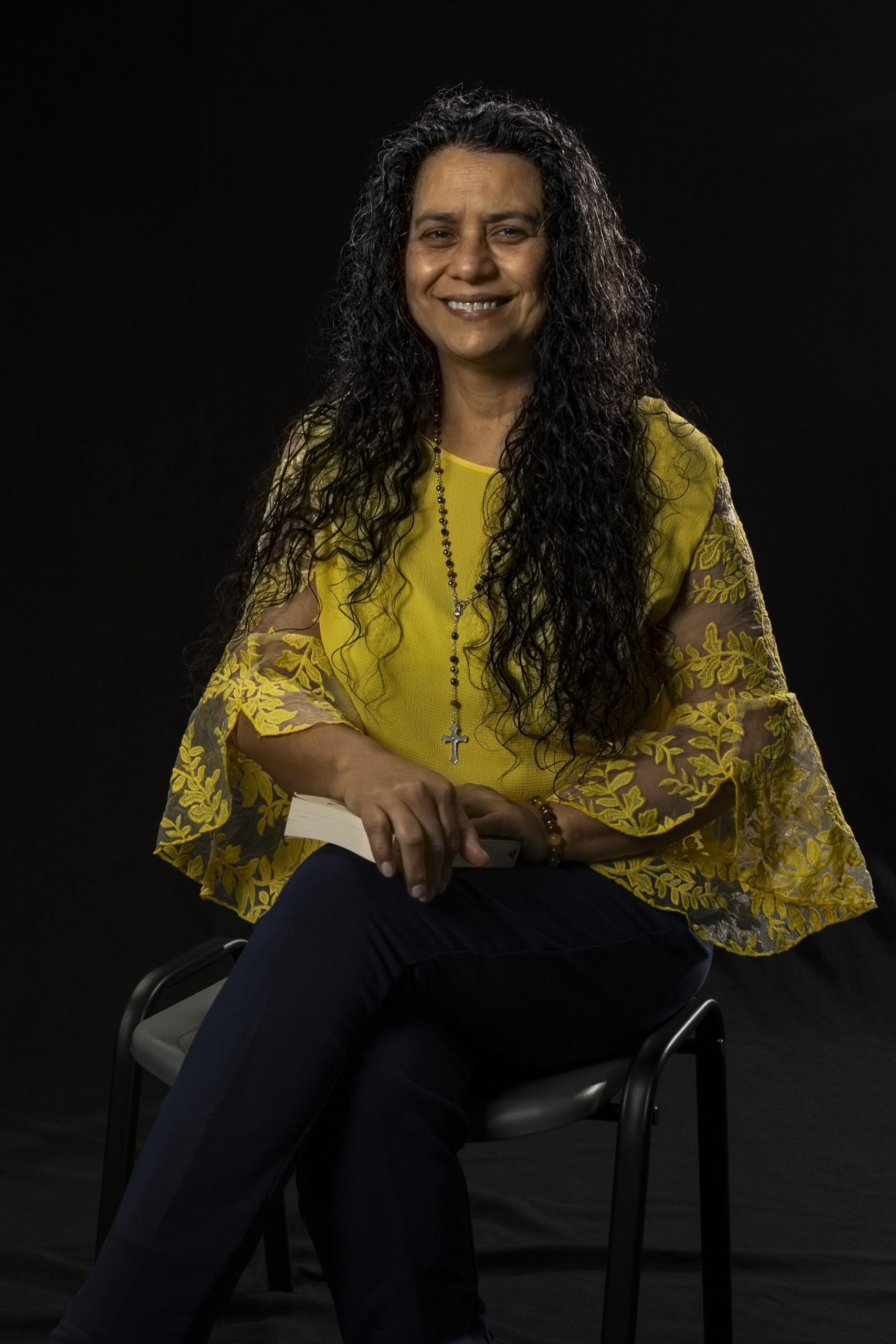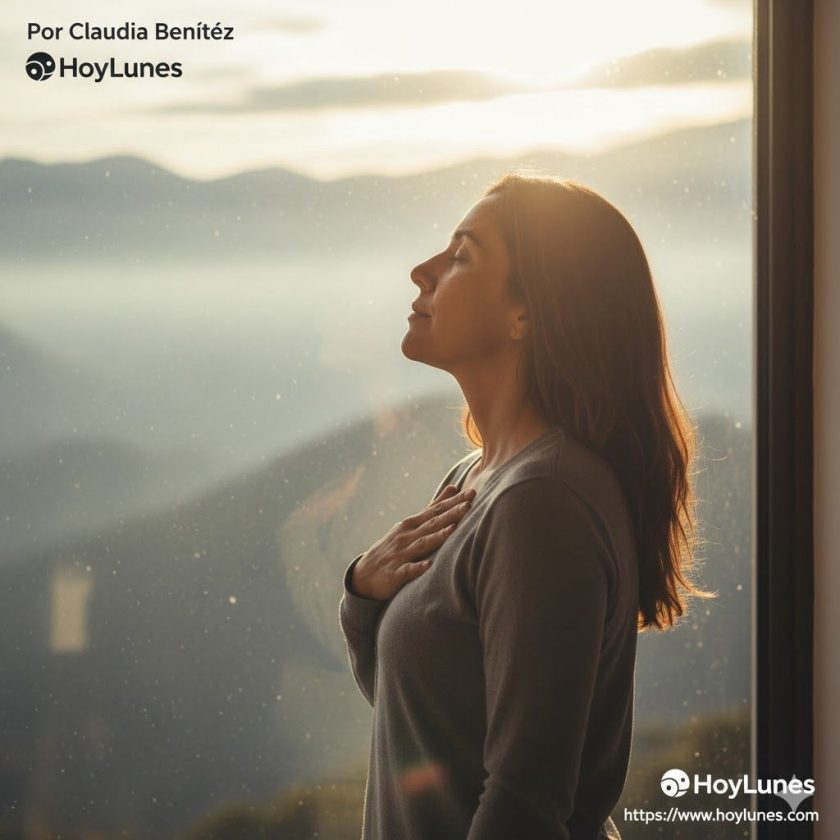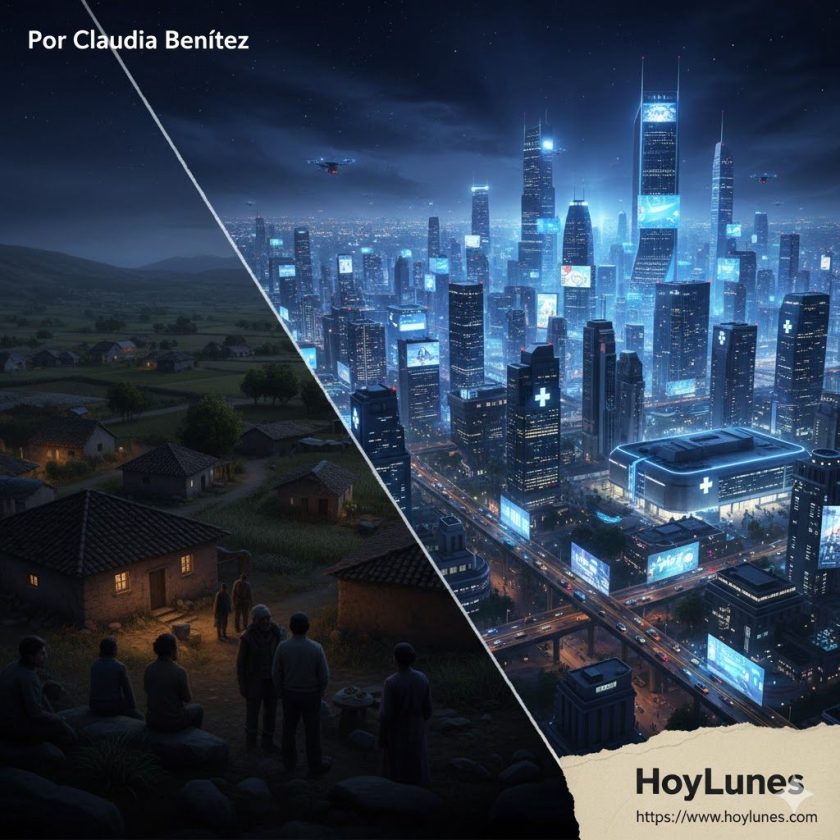We live amid a saturation of perfect images and indifference to the pain of others. In a world where violence disguises itself as normality and well-being becomes a simulation, true resistance can be as simple —and as difficult— as learning to feel again.
By Claudia Benitez
HoyLunes — In times when the growing threat of war wavers like a sword of Damocles over our heads, we try to forget that it is already here, disguised in the rise of poverty, in the multiple armed “conflicts”, in the open wars of the Middle East, in injustice and death — all of which seep through our screens, circulating daily with the same ease as a meme, a cooking video, or an idyllic, aesthetically perfect landscape, offering us the promise of a life without conflict, without edges, without shadow.
Promising us happiness, well-being, fulfillment — as if existence itself could be encapsulated in filters and hashtags.
We live under a constant bombardment of perfection that hypnotizes us, teaching us to look without seeing, to smile without feeling.
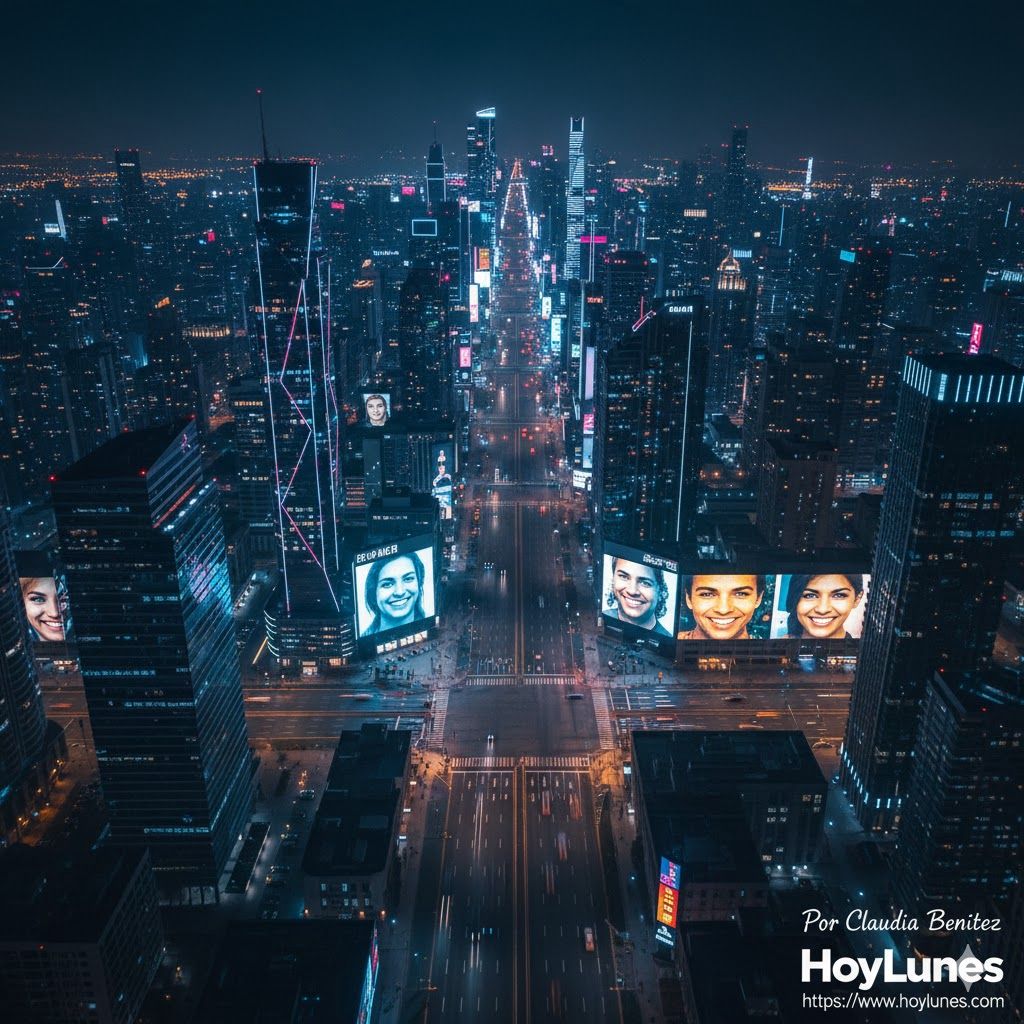
Bodies fall, cities burn, and our anesthetized attention simply moves on.
Violence becomes background noise — mere statistics.
Normalized brutality and fabricated happiness blur our sensitivity.
We grow accustomed to horror while we numb ourselves with the mirage of well-being.
Between daily brutality and the illusion of the ideal life, a silent void unfolds.
Empathy —once a vital force— dissolves into indifference and distraction.
We grow used to drama and fail to see tragedy, forgetting that every story of pain is someone’s story — the story of many, of all.
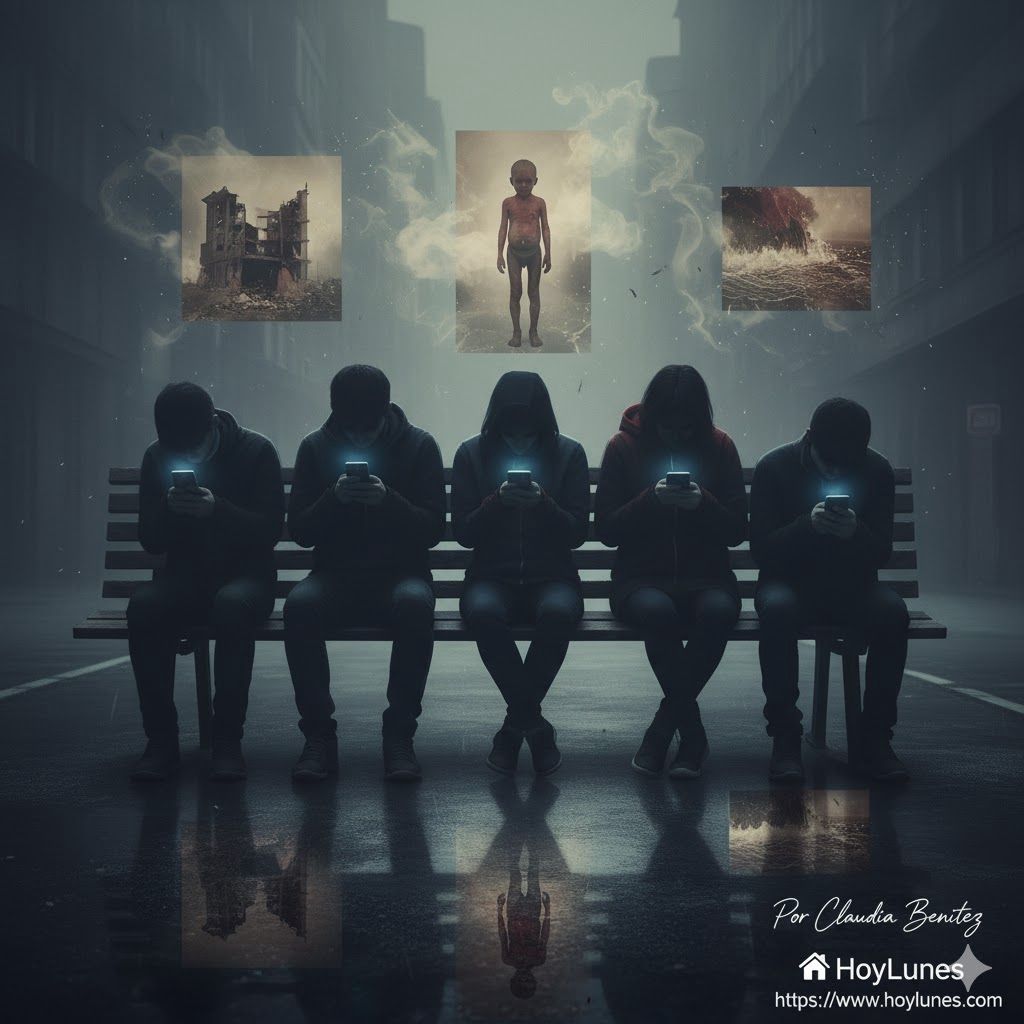
In the culture of “everything’s fine”, we are more disturbed by the absence of a like than by carrying a mask of happiness behind which hides the anxious emptiness of our relationships.
Perhaps the most dangerous thing is not only the dehumanized pain, but the sweet stupor of artificially induced happiness.
We are taught to fear discomfort, to flee unease, to ignore whatever doesn’t fit the narrative of the “perfect life”, the one that always promises more and better.
The trivialization of violence and the hyper-aestheticization of “well-being” erode our ability to look at the world with whole eyes and heart.
We lose sensitivity toward what is authentic, imperfect, human.
Relearning how to see, to listen, to feel without filters or saturation — that is an act of resistance.

Perhaps, in the end, salvation lies in that fragile balance: building an awakened consciousness capable of holding both the beauty and the harshness of the world; pausing, breathing, looking at what hurts and what enchants — without fear of monotony or stillness.
Not to ignore violence, nor to anesthetize ourselves in illusion, but to navigate between both with sensitivity, memory, and presence.
Because only those who see, feel, and remember can resist trivialization.
Without seeking the joy of existence in emotional extremes or in the constant production of adrenaline.
Only then can we recover the intensity of the human — building a world where empathy is not a luxury, but a daily, necessary, and urgent act.
